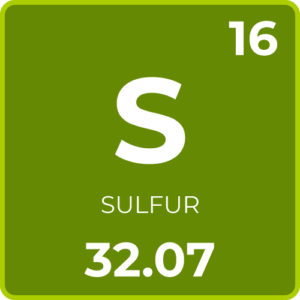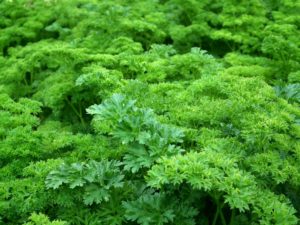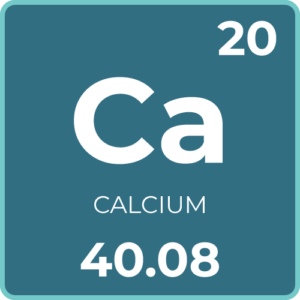Sulfur is considered a secondary macronutrient for plants. Essentially, this means that throughout a plant’s life, it takes in a much higher amount of this nutrient, although not as much nitrogen, for example. Sulfur is important for building some of the structures necessary for photosynthesis, i.e. chloroplasts. However, it also helps build amino acids and transport energy throughout the plant.
It’s also crucial for fixing nitrogen (N2), and converting nitrates into usable forms for making amino acids and proteins.

Crucial roles of sulfur:
- Building chloroplasts for photosynthesis
- Converting nitrate to build amino acids
- Allows proper function of chloroplasts
- Involved in the electron transport chain
- Fixes nitrogen
Signs of sulfur deficiency:
- Chlorosis (yellowing on plant, especially leaves)
- Stunted growth
- Symptoms on younger leaves
- Light green or yellow striping on young leaves
Sulfur is not mobile in plants
Sulfur is an immobile nutrient. That means that once a plant uses it in certain areas, the nutrient can’t be moved later for use in younger leaves. As a result, you won’t notice signs of sulfur deficiencies on older leaves. Look at the younger leaves, and if you see stunted development or chlorosis, it might be a sulfur deficiency.
Sulfur and nitrogen share a link
Sulfur is crucial for plants to properly metabolize nitrogen, one of the key nutrients they need throughout their lives. Think of sulfur like a hammer, and nitrogen as a nail. You might have the nail, but without the proper tool, like a hammer, you won’t be able to get the nail into a piece of wood.
As a result, sulfur and nitrogen deficiencies often show up around the same time. Not only that, both nitrogen and sulfur deficiencies often show similar symptoms. The biggest sign is chlorosis, wherein leaves become yellow. This happens because the plant isn’t properly photosynthesizing, which gives plants their green coloring.
No matter what, without enough sulfur, plants won’t get enough nitrogen.



